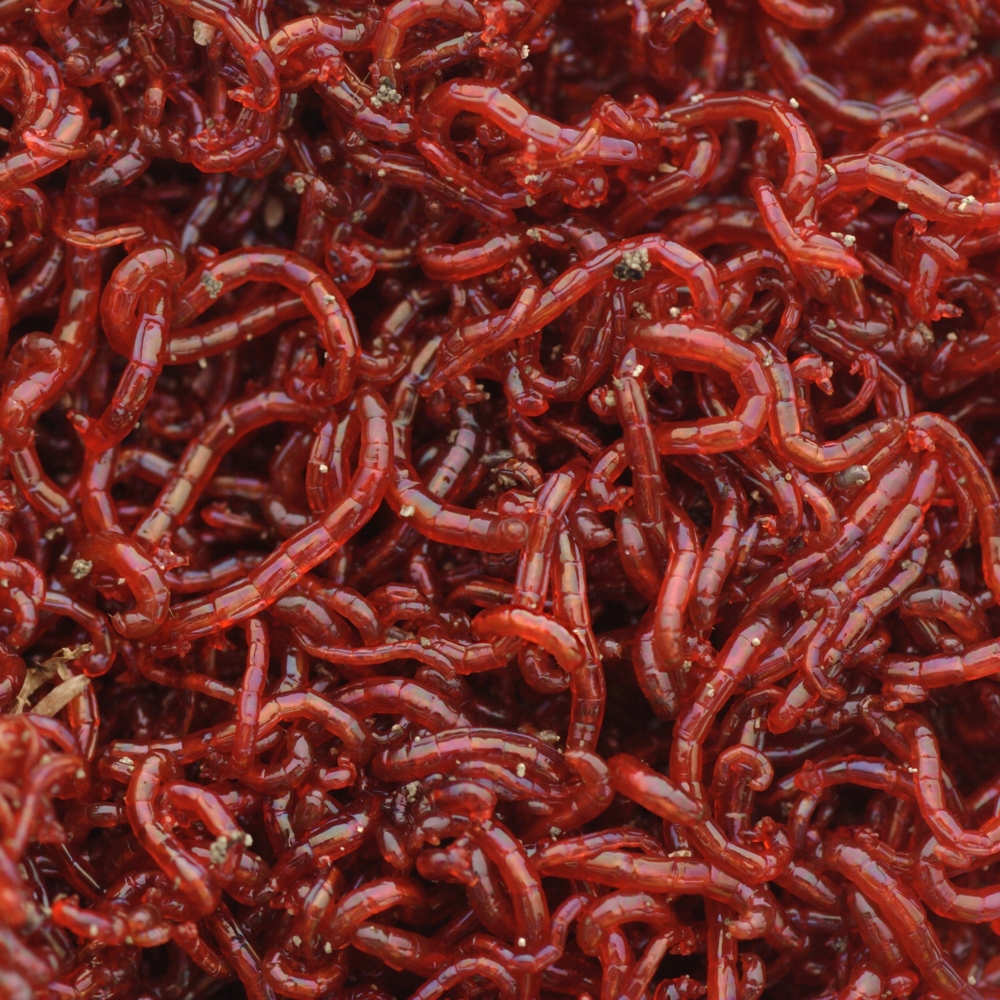Efficient red wigglers: Great for indoor systems
Red Wigglers: The Secret to Eco-Friendly Composting
Red wigglers, scientifically referred to as Eisenia fetida, play a pivotal duty in lasting composting techniques, using an all-natural solution to waste management. These worms not only consume organic products but likewise change them right into valuable vermicompost, enhancing soil wellness and advertising environmental balance. As city locations face increasing waste challenges, comprehending the advantages and proper treatment of these microorganisms ends up being necessary for both gardeners and conservationists alike. What certain actions can individuals take to harness their potential properly?
What Are Red Wigglers?
Although many individuals know with earthworms, red wigglers (Eisenia fetida) are a certain types that play a crucial role in composting. Belonging to Europe, they have adapted well to a variety of settings, specifically in breaking down raw material. Unlike common yard worms, red wigglers grow in rich, moist settings, making them ideal for composting systems.
(purchase red worms)These worms are defined by their reddish-brown pigmentation and extended bodies, normally determining in between 3 to 4 inches in size. Red wigglers are epigeic worms, implying they live near the soil surface and feed on rotting organic material. Their high reproductive rate permits populaces to grow rapidly under optimum problems, with the capability to increase in number every couple of months.
Red wigglers possess a distinct gastrointestinal system that allows them to damage down organic waste efficiently. Their sustainable nature makes red wigglers an important possession in environmentally friendly composting methods.
Advantages of Using Red Wigglers
Using red wigglers in composting systems supplies many benefits that improve both the efficiency of waste disintegration and the high quality of the resulting garden compost. These earthworms, clinically known as Eisenia fetida, are renowned for their phenomenal capability to take in organic waste, transforming it into nutrient-rich vermicompost at an impressive rate. Their rapid food digestion process speeds up the malfunction of kitchen scraps and yard waste, substantially lowering the time required for composting.
Along with their effectiveness, red wigglers add to boosted dirt framework and fertility. The vermicast generated by red wigglers is rich in important nutrients, useful microorganisms, and humic acids, all of which improve soil health and wellness and advertise plant development. This nutrient-dense compost helps preserve wetness and boosts aeration in the soil, fostering a prospering ecosystem for plants.
Additionally, using red wigglers for composting decreases land fill waste, adding to a much more lasting waste monitoring system. By drawing away natural materials from land fills, composting with red wigglers minimizes greenhouse gas exhausts, making it an environment-friendly choice for eco mindful people and areas. On read review the whole, red wigglers provide an effective and sustainable solution for composting.
Setting Up Your Worm Bin
Producing a worm bin is a straightforward procedure that requires cautious factor to consider of materials and problems to make sure a flourishing environment for red wigglers. Begin by picking a suitable container, which can be a plastic container or wood box, with an ability of at the very least 10 gallons for efficient composting. Make certain the bin has adequate ventilation by piercing small openings in the cover and sides to enable air flow.
Following, prepare the bed linen, which is essential for preserving wetness and supplying a habitat for the worms. Appropriate products include shredded paper, cardboard, coconut coir, or peat moss. Go for a bedding deepness of roughly 4-6 inches, ensuring it perspires however not overly damp.
It is necessary to maintain the best temperature for your worm bin, ideally in between 55 ° F and 77 ° F(13 ° C and 25 ° C) Setting the bin in a shaded area to avoid getting too hot. Furthermore, keep the container away from straight sunlight and extreme weather to shield the worms.
Feeding Your Red Wigglers
Feeding your red wigglers is a vital aspect of successful worm composting, as it straight impacts their health and the effectiveness of your composting system - red wigglers. Red wigglers flourish on a well-balanced diet plan consisting mostly of organic waste materials.
(red worms near me)Start with small amounts to allow the worms to take in the product totally before including more. Monitor the food disintegration process and change the amount based on exactly how promptly the worms are refining the waste.

Preserving Your Worm Compost System
A well-kept worm compost system is crucial for making the most of the effectiveness and durability of your composting initiatives. Normal tracking of moisture degrees is vital, as red wigglers flourish in a wet environment, ideally around 70% moisture. If the bed linen becomes as well completely dry, gently haze it with water; alternatively, if it comes to be overly wet, add dry bed linens such as shredded paper or cardboard to soak up excess dampness.
Temperature level control is also vital. Ensure your compost system is kept in a shaded, ventilated location to prevent overheating.
Additionally, look for any kind of undesirable smells, which may suggest an inequality in the system. Consistently aerating the garden compost by gently transforming it will certainly aid keep correct air flow and stop anaerobic problems. Keep track of the worm population and their activity; a flourishing populace shows a healthy setting. By adhering to these maintenance techniques, you can ensure a productive and sustainable worm composting system that successfully reuses organic waste.

Conclusion
To conclude, red wigglers play an essential function in eco-friendly composting by efficiently converting organic waste into useful vermicompost. Their capability to flourish in rotting products not just help in lowering landfill waste and greenhouse gas exhausts however also boosts dirt wellness. By advertising dampness retention and oygenation, these worms add considerably to sustainable gardening techniques. Accepting making use of red wigglers stands for a sensible method to boosting environmental sustainability and fostering much healthier communities.